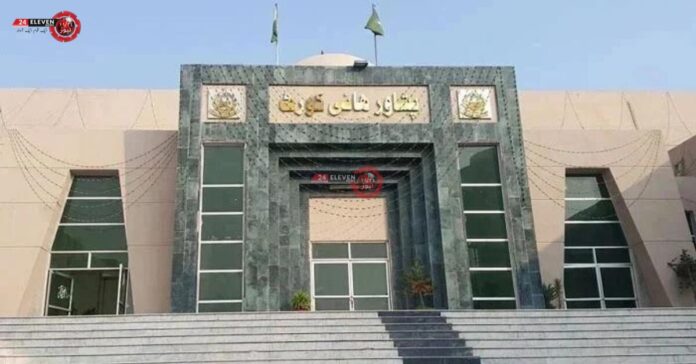The Peshawar High Court (PHC) witnessed a significant session today as a five-member bench resumed hearing the plea filed by the Pakistan Tehreek-e-Insaf (PTI)-backed Sunni Ittehad Council (SIC) regarding the allocation of reserved seats. Led by PHC Chief Justice Mohammad Ibrahim Khan, the bench, comprising Justice Ijaz Anwar, Justice Ishtiaq Ibrahim, Justice Shakeel Ahmad, and Justice Arshad Ali, delved into the intricacies of the case.
The crux of the matter revolves around the Election Commission of Pakistan’s (ECP) ruling, which denied allocating reserved seats to the SIC. This decision, made on March 4, sparked contention as it affected the distribution of 77 reserved seats, including those in the National Assembly and provincial assemblies.
Despite securing a stay order from the PHC, the SIC faced setbacks as lawmakers took oaths on reserved seats amid opposition protests. The court clarified that the stay order was limited to Khyber Pakhtunkhwa (KP), indicating a nuanced legal battle.
During today’s hearing, the Attorney General for Pakistan emphasized that reserved seats are allocated to parliamentary parties, pointing out the SIC’s lack of participation in the elections and failure to submit a list for seat allocation.
Justice Ishtiaq Ibrahim raised concerns about the completion of parliament if reserved seats remain vacant, hinting at potential revocation of interim relief granted in the case. Furthermore, Justice Arshad Ali scrutinized the SIC’s submission timeline and questioned whether the party adhered to deadlines for seat allocation.
The proceedings shed light on the complexities surrounding reserved seat allocation and underscored the necessity for thorough examination of legal and procedural aspects. As the case unfolds, it remains a focal point in the ongoing legal landscape, highlighting the intersection of political dynamics and judicial scrutiny.


